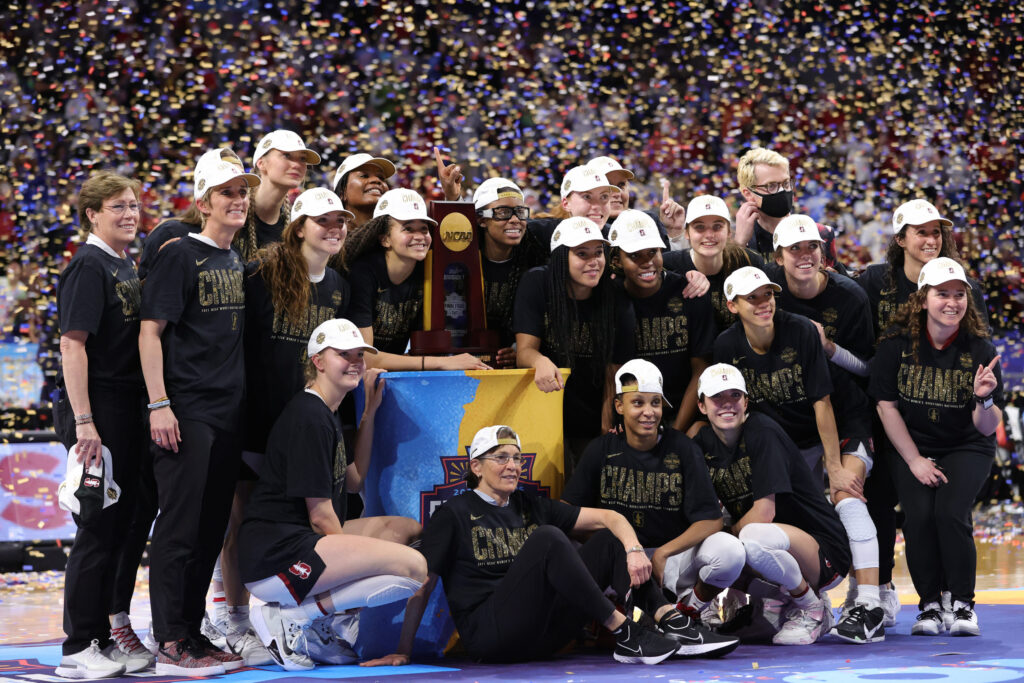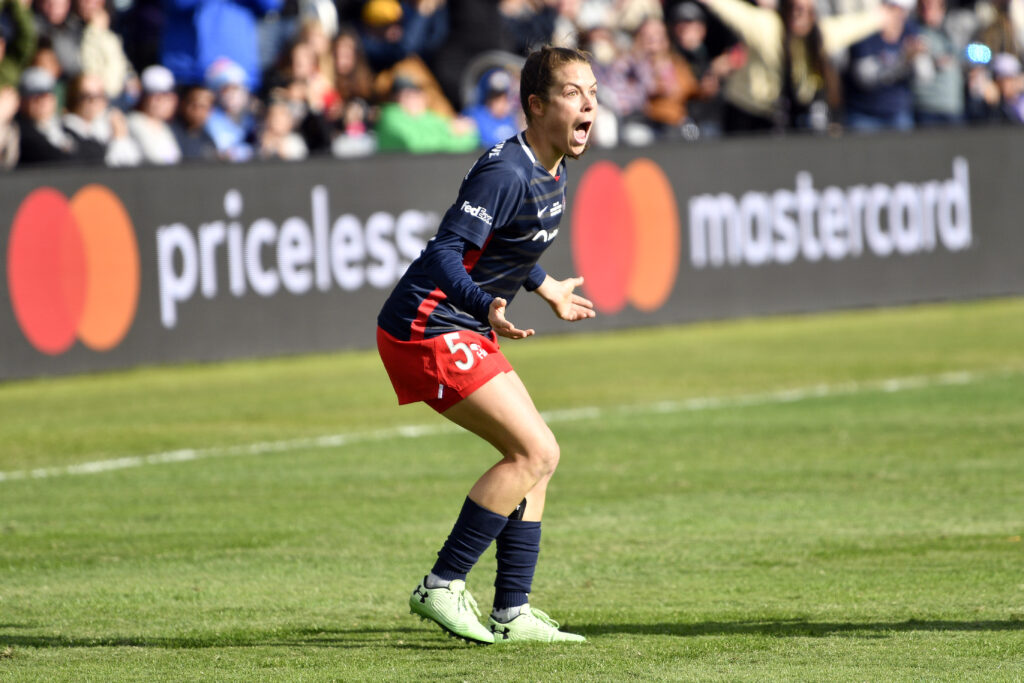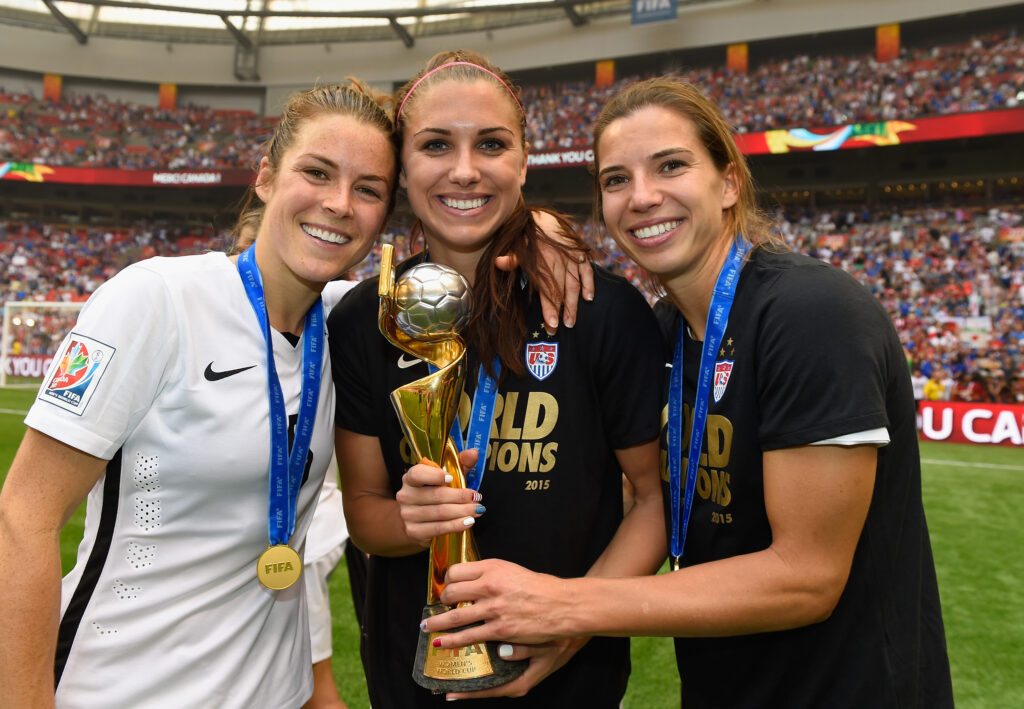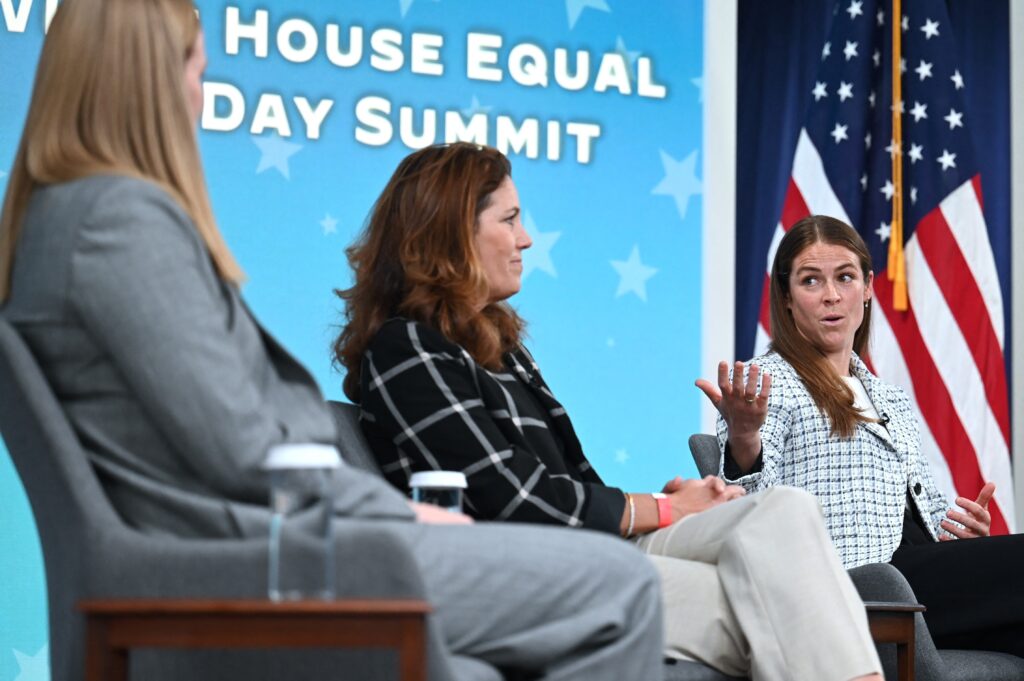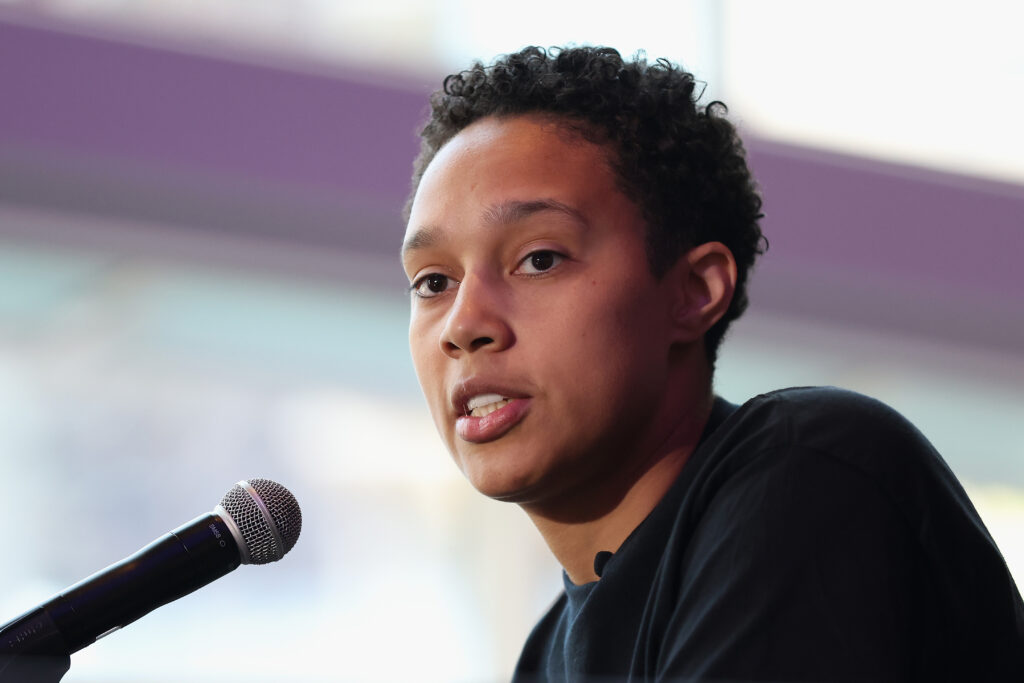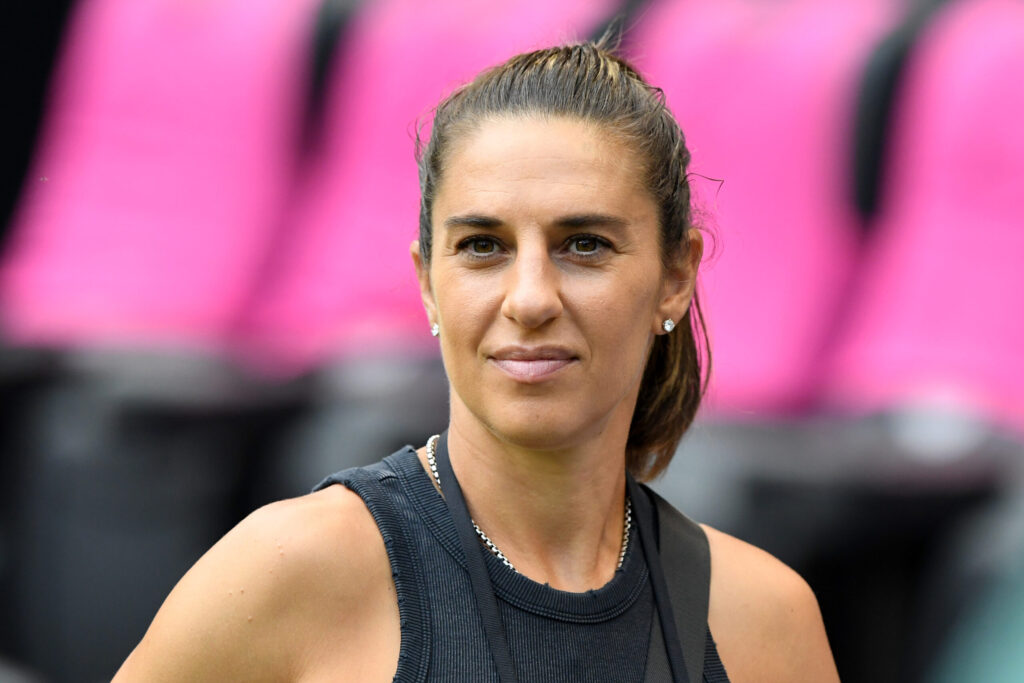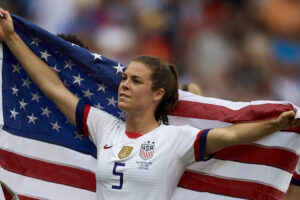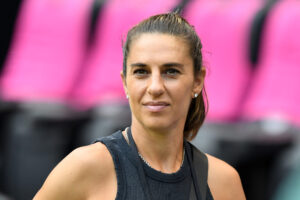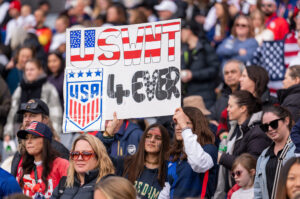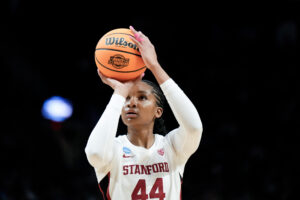The Stanford Cardinal rarely push the pace. But with 2:50 left in the National Championship, they needed an easy shot. They needed to get their offensive flow back. So Kiana Williams raced down the floor, hoping to out-run the defense for a fast break layup. There was nothing there. The lanes were clogged. She backed it out. The offense looked lost. Timeout. Stanford.
Trailing 51-50, the Arizona Wildcats seemed to be on the verge of another upset. After a 10-2 run, they owned the momentum. The Cardinal hadn’t scored in the last four minutes. They couldn’t stop turning the ball over and they just couldn’t seem to find an open driving lane. That’s when Tara VanDerveer called a timeout and designed a play for Haley Jones.
By the time Jones caught the ball at the elbow, there were just 8 seconds left on the shot clock and no clear route to the hoop. But somehow, some way, the game felt like it slowed down. Jones collected herself. Jabbed. Dribbled. And spun. Right into the outstretched arms of Arizona guard Bendu Yeaney. Jones hoisted the ball through Yeaney and into the basket.
And-one.
HALEY JONES TOUGH AND-1.
— Bleacher Report (@BleacherReport) April 5, 2021
(via @StanfordWBB)pic.twitter.com/cF206MHbDy
For the remaining 2:24 minutes, the Cardinal would not score another point, but Jones’ basket would prove enough to escape with a 54-53 victory and the program’s third National Championship.
After surging to a 16-5 lead in the first quarter, Stanford’s offense struggled to find open shots the rest of the game against Arizona’s pesky defense. On a night when Kiana Williams scored just 5 points and Lexie Hull shot 4-13 from the field, Haley Jones was the stabilizing force. The Cardinal scored just 23 total second half points. Jones scored 13 of them.
When Jones handled the ball, the offense seemed to slow down. When Jones didn’t have the ball, she ran to the block, backed down smaller defenders, and scored easy basket after easy basket. She finished with a team-high 17 points, capping off one of the best six-game stretches of her career, during which she averaged 14.2 points per game and shot 60.6% from the field.
Stanford needed this kind of outing from Jones against Arizona. Offensively, Stanford didn’t play a Stanford kind of game. They shot just 28.6% from three after making 47% of their threes during the five tournament games prior. They coughed up 21 turnovers, significantly higher than their season average of 12.8 per game. They averaged a mere .68 points per possession, their lowest mark all year, a full .10 worse than any other game.
THAT’S THE WAY TO FIGHT BACK pic.twitter.com/FusOVn1gLF
— Arizona Women's Basketball (@ArizonaWBB) April 4, 2021
But Stanford still won. And they won because of the dirty work – dominating the rebounding battle 47 to 29, force-feeding the post, and, especially, clamping down on defense.
“In the NCAA tournament, this is very physical,” VanDerveer said in her postgame presser. “South Carolina is very physical. Louisville is very physical. Missouri State is very physical. So we got more physical as the tournament went on.”
Stanford’s number one priority was slowing down Aari McDonald. After McDonald knocked down her first three of the game, it looked like we might see another one of her scoring outbursts. On ESPN, the announcers talked over and over again about Aari’s House – a box around the left block that Stanford players could not, under any circumstances, let McDonald enter.
McDonald tried. She worked and worked. But no matter how much she zipped and zagged around the court, she couldn’t find any openings. The Cardinal blocked off every lane. And when they didn’t block off those lanes, the outstretched arms of Cameron Brink or Ashten Prechtel cleaned up the mess. It forced McDonald, who shot 34.5% from beyond the arch on the year, into taking nine threes – more than the Wildcats probably would have liked.
Despite struggling offensively, the Wildcats, as they did all tournament, clawed their way into the game. Aari McDonald got to the free throw line 12 times – her highest total all season – and Bendu Yeaney poked away five steals. But it was former Oklahoma transfer, guard Shaina Pellington, who provided the spark. After scoring a combined 20 points in the five tournament games prior, Pellington dropped 15 points in 30 minutes of play against Stanford. She blazed up and down the floor, scoring coast-to-coast lay-ups and forcing the Cardinal to speed up.
Sped up or not sped up, Stanford found a way to win – through length, toughness and a whole lot of depth. When Anna Wilson missed a defensive assignment, Cameron Brink backed her up with a block. When Lexie Hull clanked a jump shot, Ashten Prechtel fought for the rebound. When Kiana Williams struggled to hit field goals, Haley Jones took over the game.
“We had to toughen up. We had to dig in,” VanDerveer said after the game. “I’m really proud of our team for doing that. Whether it was Anna trying to take a charge, whether it was Lexie, whether it was Haley or Key [Kiana Williams]. We had a lot of people on the ground. We had to battle.”
And battle they did, until the final horn, when McDonald’s last shot bounced off the rim, and the Stanford Cardinal became national champions.
The moment our dreams came true.#GoStanford pic.twitter.com/k7e5oLPDum
— Stanford Women’s Basketball (@StanfordWBB) April 5, 2021
